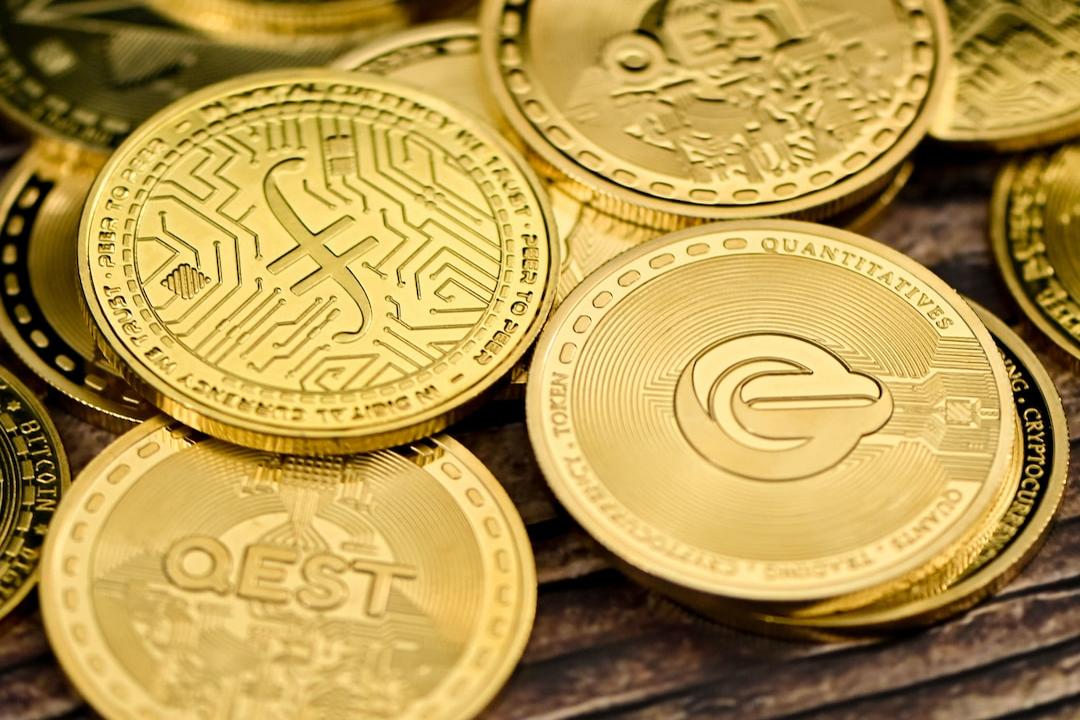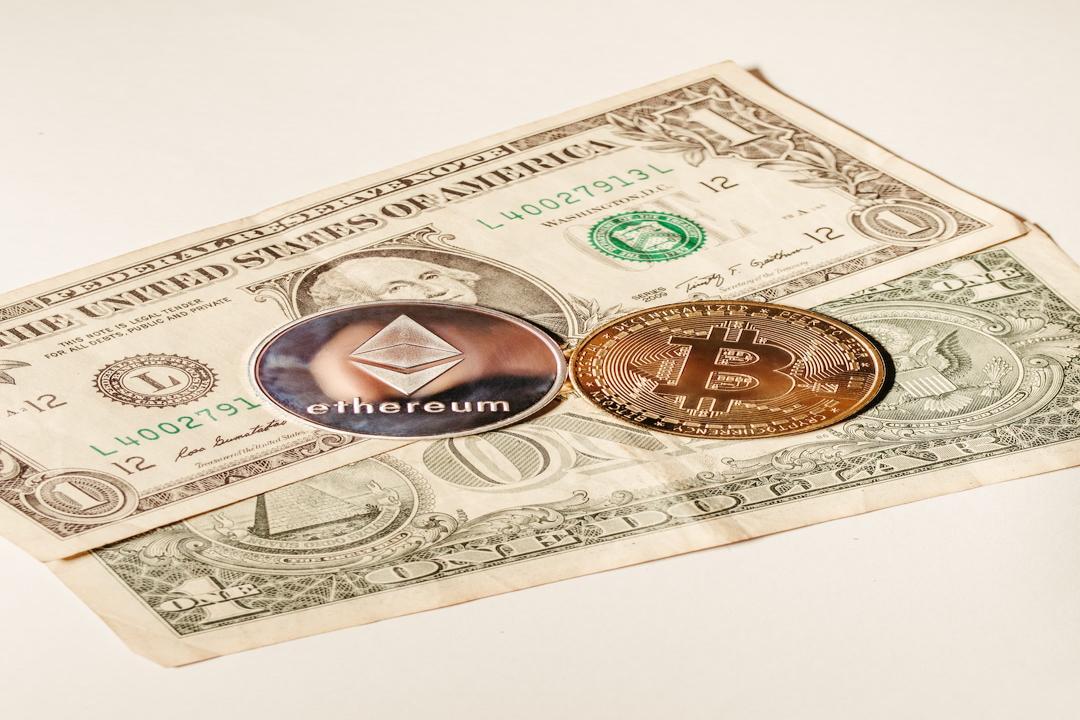In the wake of the influx of new chains, populations on Layer 1 and Layer 2 are expanding, bringing upgraded solutions to the blockchain ecosystem. Among these, Fantom, a DAG-based platform, has emerged as a competitive smart contract platform challenging Ethereum.
During TheNewsCrypto’s exclusive interview at the Token 2049 event in Singapore, Fantom Foundation’s CEO Michael Kong revealed the platform’s unique advantages in the dynamic and competitive blockchain space. Kong emphasized that Fantom’s primary focus is on challenging the trends of both EVM and non-EVM ecosystems through new upgrades, and innovating in the GameFi sector.

 Fantom Foundation CEO Michael Kong with TheNewsCrypto Chief Strategy Officer Nitin Gupta
Fantom Foundation CEO Michael Kong with TheNewsCrypto Chief Strategy Officer Nitin Gupta
How do you view the development of blockchain games, especially in terms of integrating with traditional games, emphasizing improved user interaction and engagement rather than just profit?
MK: Absolutely! Blockchain games are evolving towards greater user interaction and entertainment, moving away from a singular focus on profit. The power of blockchain games lies in users having true ownership of in-game assets and NFTs. Unlike centralized games, where third parties can censor or seize assets, blockchain games are managed by transparent smart contracts enabling peer-to-peer interactions. This fosters a sense of ownership, freedom, and interoperability, which I believe is the future of gaming.
From the perspective of developers and creators, what challenges and opportunities does blockchain NFTs bring, especially in competition with cheaper alternatives?
MK: Blockchain NFTs offer unique advantages like true ownership, transparency, and interoperability. While anyone can create NFTs, their value depends on market demand and scarcity. Traditional game items have historically sold for significant prices even before blockchain. The key challenge and opportunity lie in creating NFTs that are usable and attractive. Some NFTs may hold value due to scarcity, while others may serve as common assets. Ultimately, the market determines the worth of these digital artifacts.
Interoperability seems to be a significant goal in the blockchain gaming space. How do you envision achieving interoperability in blockchain games without compromising the uniqueness of in-game assets?
MK: Achieving interoperability without compromising uniqueness is indeed a challenge. However, blockchain NFT standards allow for interoperability without sacrificing uniqueness. Not all NFTs need to interact with every game or smart contract. Developers can design NFTs to interact specifically with compatible smart contracts or games while maintaining their uniqueness. The key is striking the right balance where NFTs can be used across multiple games while preserving their distinctiveness.
What are Fantom’s future plans, and what can our readers expect?
MK: Fantom’s future focus is on rolling out our new smart contract technology to enhance scalability and performance. We’ve already made significant improvements in storage size and throughput on the mainnet. Our goal is to provide a highly scalable platform where popular applications, including games, can operate smoothly without scalability issues. Users and developers can expect a more efficient and developer-friendly Fantom network in the coming months.
Disclaimer: The information provided in this interview article is for informational purposes only. It is not intended to provide investment advice, financial guidance, or recommendations for specific decisions. Readers are encouraged to conduct their own research.




